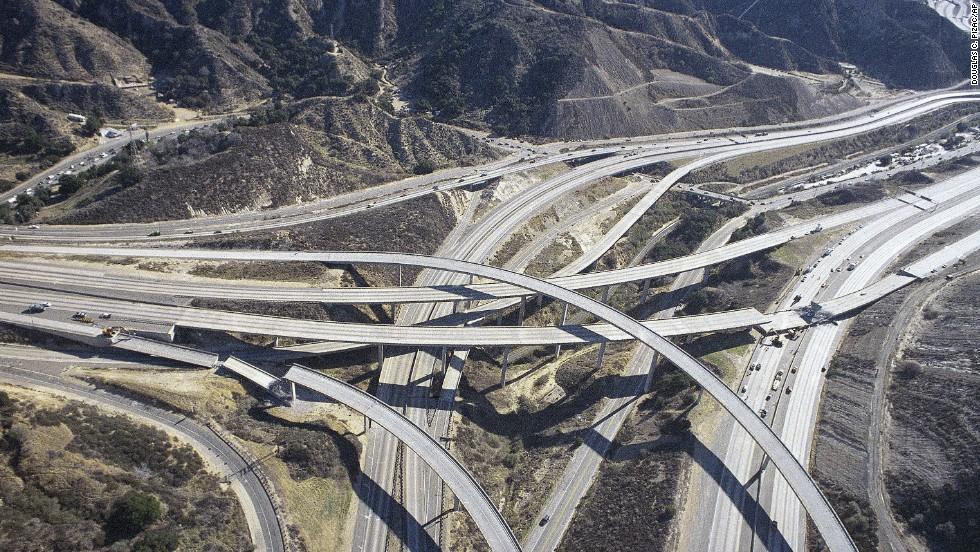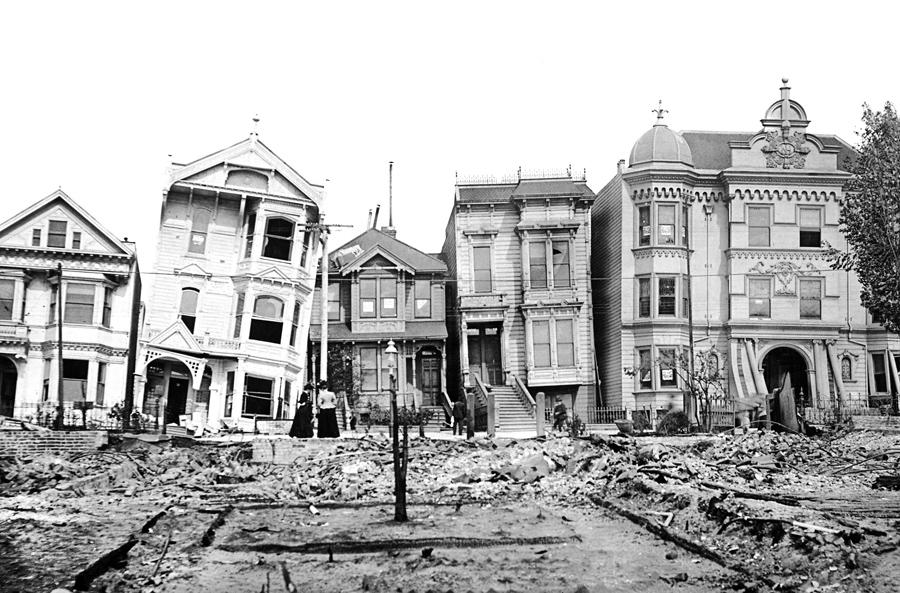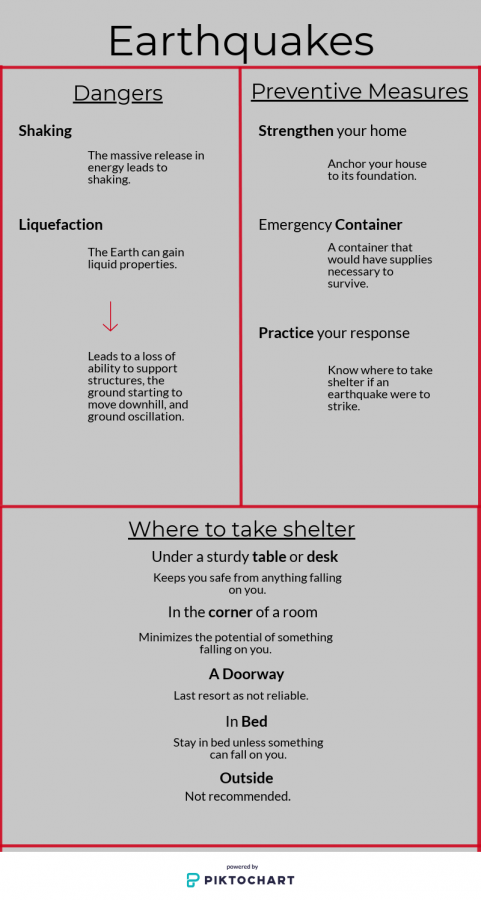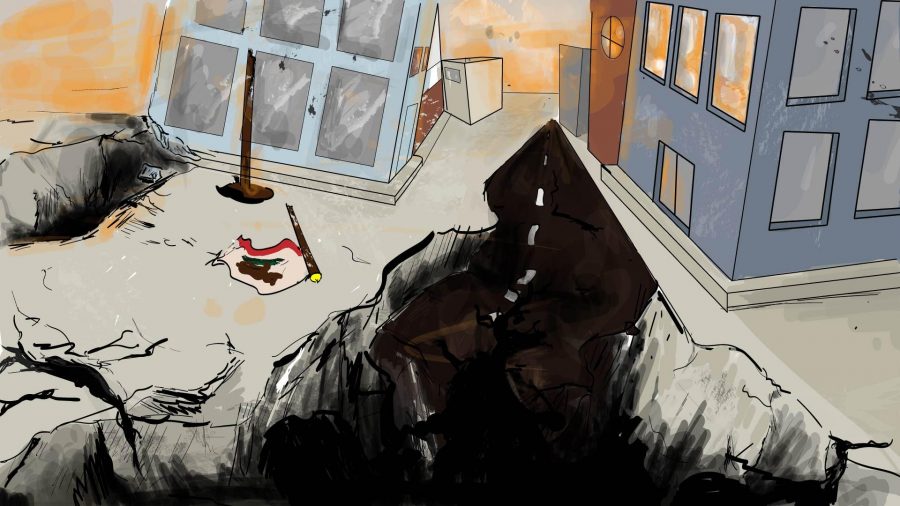Earthquakes: the dangers of and how to prepare
November 6, 2018
In Southern California, earthquakes, while not everyday occurrences are as iconic as palm trees and beaches. Aside from Alaska, California experienced the most earthquakes from 2010 to 2015. While fires may be dominating the times now, it’s only a matter of time before an earthquake strikes. So it’s time to be prepared for what to do if an earthquake were to strike and how to help yourself stay safe during one.
What is an earthquake?
An earthquake is the movement of the tectonic plates. More specifically, it’s when the tectonic plates move in a way that releases energy. For example, the San Andreas Fault earthquakes are caused by rapid, violent movements of one of the tectonic plates. It’s not the whole tectonic plate that movesーit’s only a small section. Once the plate moves, it releases an enormous amount of energy, which causes the plates to shake.
The shaking of the plates is measured by the Richter Scale, a mathematical way to compare the size of earthquakes by the logarithm of the amplitude (size) of the earthquake “waves.” On a logarithmic scale, every whole number increase is actually an increase in the scale of an earthquake by 10 times.
So, the 2.9 earthquake that you may have felt on Oct. 8, 2018? If a 7.0 earthquake were to strike, that minimal shaking would be over 10 thousand times larger.
In fact, a 7.0 earthquake isn’t out of the question. For the San Andreas Fault, over the last 1,500 years, a 7.0 earthquake or larger has occurred once every 150 years, and if a 7.0 or larger earthquake were to occur, it would cause damage to just about everything, from houses to the infrastructure that we take for granted, such as roads, electricity and plumbing.
If you click to see this video, you’ll see that the closer to red that the colors get, the greater the shaking is. Admittedly, the scenario above is for a 7.8 earthquake, instead of a 7.0 earthquake, but it gets the point across. A big earthquake would cause a lot of damage and shaking.

In addition to shaking, an earthquake can also cause liquefaction to occur. Liquefaction is when the earth gains the properties of liquids, but it can only occur when the ground is saturated with enough water. However, if liquefaction occurs, there are a variety of ramifications, such as, but not limited to, a loss of ability to support structures, the ground starting to slide downhill and ground oscillation.

If you’re curious to see what danger you might be in at your house, click here and then enter your address (or any address that you’re curious about) and click the legend in the top right to understand what all of the colors on the map are.
So how do you prepare at home?
If you’re at home, there’s a lot you can do. You can strengthen your home (if you’re old enough to do that), or you can make sure that you have a safe place to take shelter under during an earthquake. A safe place would be under a sturdy table or desk. Another way to be prepared would be to have an emergency container (a container that would have batteries, flashlights, blankets, extra clothes, canned food, etc.) either placed inside the house or outside. Outside is probably preferable since a 7.0 earthquake would probably cause considerable damage to water pipes and electrical lines, causing both fires and flooding.
But the most important way to be prepared is knowing what to do. It’s all fine to have emergency supplies ready, but it’s another to instinctively act and move towards the nearest safe haven. That only comes with practice.
Practicing at home may seem redundant as homes seem like the safest place on Earth, but they’re only safe until they’re not.
What are the safest places in your house?
- Under a sturdy table or desk. This is the easiest, and probably, the most convenient way to stay safe during an earthquake
- Crouching in the corner of a room. If a desk isn’t available, then crouching in the corner of a room with your arms over your head is the next best option.
- A doorway. However, a doorway is only advisable if a sturdy table or desk isn’t in the nearby vicinity and the doorway is able to support a lot of weight. Most doorways aren’t able to support a lot of weight, so taking cover under a sturdy table or in a corner is a much safer option.
- Stay in bed. If you’re sleeping, stay in bed, but cover your head with your pillow. However, if you have a heavy light above you, move to a safer spot.
- Being outside. Being outside is only advisable if you are already outside when the earthquake hits. If you find yourself in this situation, you want to make sure to be away from any buildings or objects that could fall (such as trees).
Don’t go outside after the shaking starts. You’ll be safer inside.

What to do during an earthquake
What should students do during school?
School makes up roughly eight hours of the day which means for students, a third of their day is spent at school. Therefore, it is imperative for students to know what to do at school.
Thankfully, Foothill took a proactive measure on Oct. 17, 2018, by issuing an earthquake drill. Students were instructed to go under their desks and either cover their necks or hold onto the table for a couple of minutes. Once the “All Clear” was given, teachers were allowed to resume their teachings.
Because of the earthquake drill, Akshay Shanbhag ‘21 has come to believe that he and his classmates would know what to do if an earthquake were to strike during school hours.
Shanbhag’s confidence due to the earthquake drill is heartening to see from the students, as an earthquake can happen whenever and not necessarily at a convenient time.
Now that you know how to prepare for an earthquake, don’t procrastinate! Take the initiative to start your preparation for an inevitable earthquake. Your life could very well depend on how well you know what to do once you feel the ground start shaking.













